Why does it matter who applies for registration of a trade mark in Australia?
Ensuring that the right entity or individual (owner) applies for and holds a trade mark is crucial for maintaining enforceable and valid trade mark rights. Here’s why:
- Ownership challenges: Third parties can challenge ownership of a trade mark through opposition proceedings, non-use proceedings or upon application to the Court. If ownership is successfully challenged, you may not be able to enforce trade mark rights against a third party.
- International implications: If an Australian trade mark is used as the basis for a Madrid Protocol Registration, the Madrid mark depends on the Australian mark for five years. If the Australian mark is invalidated, it can impact international filings.
- Business value: If you wish to sell your business and ownership issues arise during due diligence, this could have implications for the value of your business.
The key precedent on this topic in Australia is Pham Global Pty Ltd v Insight Clinical Imaging Pty Ltd [2017] FCAFC 83. In a nutshell, this case determined that a trade mark must be applied for in the correct name at the time of filing of the trade mark. This cannot be fixed later by way of assignment.
Who is the trade mark owner?
Australia is a “first to use” jurisdiction, meaning that the first user of a trade make in Australia generally owns it. However, if a trade mark is not in use, ownership is determined through a combination of factors: authorship, intention to use, and the act of applying for registration.
Here are some key points to consider for unused trade marks:
- Authorship: This refers to the origination or first adoption of a word or design “as and for” a trade mark.
- Intention to use: The act of applying for registration of a trade mark often indicates an intention to use it.
- Relevance of overseas use: Registration or use of a trade mark overseas is not relevant to ownership claims at the filing stage in Australia, although extensive use may be found to support intention to use a trade mark.
Application for a registered trade mark in Australia
Under the Trade Marks Act 1995 (Cth) the applicant must be the trade mark owner and either:
- Use or intend to use the trade mark in relation to the goods and/or services;
- Authorise or intend to authorise another person to use the trade mark in relation to the goods or services; or
- Intend to assign the trade mark to a company that is yet to be established for future use.
It is critical to ensure the correct entity is listed as the trade mark owner at the application stage. A subsequent assignment to the correct owner will not be sufficient to remedy an ownership defect at the time of filing.
Company groups and IP holding companies
The principles of first use and intention to use apply to company groups and IP holding companies as well. However, it is important to consider whether use (or intention to use) was under the control of another entity, such that any use accrues to the benefit of that entity. Points to keep in mind:
- If a subsidiary company coined a trade mark and maintained all control over its use it would make sense for this company to claim to be the trade mark owner.
- If a parent company coined the term and it was used by the subsidiary company under the control of the parent company, then the “use” accrues to the parent company and the parent company would claim to be the owner of the trade mark.
- If you prefer that an IP holding company own the trade mark ensure the goodwill and unregistered trade mark are assigned to the IP holding company first or file in the name of the first user of the trade mark and then assign the trade mark to the IP holding company.
What to do if trade marks have been filed in the wrong name
If a trade mark has been filed in the name of a wrong entity or individual, new applications must be filed for the affected trade marks.
When assisting with trade mark filings in Australia, our team can help determine the correct entity or individual to apply for registration.
Proper registration and ownership of a trade mark is essential for protecting your brand and ensuring smooth business operations. If you need support managing your trade marks, reach out for a chat.
















